A visit by COLIN BISHOP
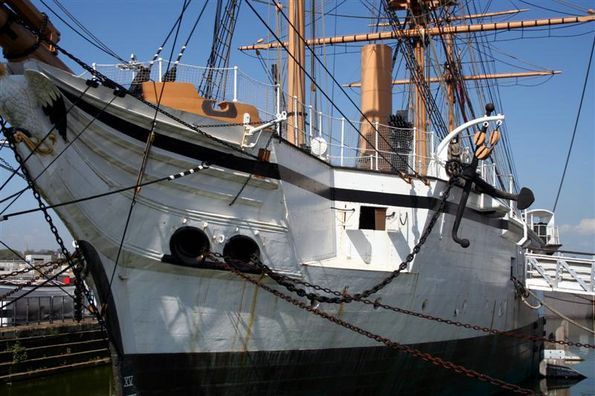
Send a Gunboat! HMS Gannet is typical of the ships that policed the high noon of the British Empire.
Mention the word Chatham and most people will immediately associate it with the Royal Navy, even though it is now many years since it was an operational naval base. Along with Portsmouth and Devonport, Chatham was one of the three traditional homes of the navy and has a proud history going back 400 years. It was at Chatham that the ships that would take on the Spanish Armada in 1588 were prepared for sea. The dockyard subsequently grew in importance to the extent that the Dutch under Admiral De Ruyter raided it in 1667, but perhaps Chathams heyday came in the Georgian age with Chatham built ships fighting in the War of American Independence and the French Revolutionary Wars. HMS Victory was built in the predecessor of the dry dock now occupied by HMS Cavalier and many of the fine buildings date back to this period. Chatham continued to have a major role during the Victorian age and both World Wars into the Cold War period. Reductions in naval strength led to the closure of the dockyard in 1984 after a final flurry of activity during the Falklands conflict. With its unique collection of scheduled ancient monuments and other features, the core part of the decommissioned dockyard, extending to some 80 acres, was saved for the nation as a site of major historical interest. In the years since closure, the Historic Dockyard has matured into a major visitor attraction offering an extraordinary variety of things to see and do. In the space available it is not possible to mention all the features of this huge site, so I will be concentrating on those of particular interest to boat modellers. A full description can be found on the Historic Dockyards official website, details of which are given at the end of this article.
Enjoy more Model Boats Magazine reading in the monthly magazine.
Click here to subscribe & save.
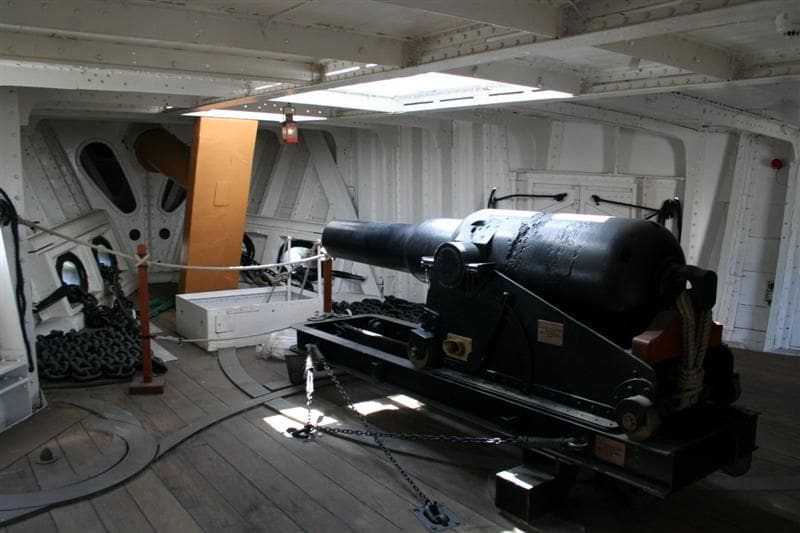
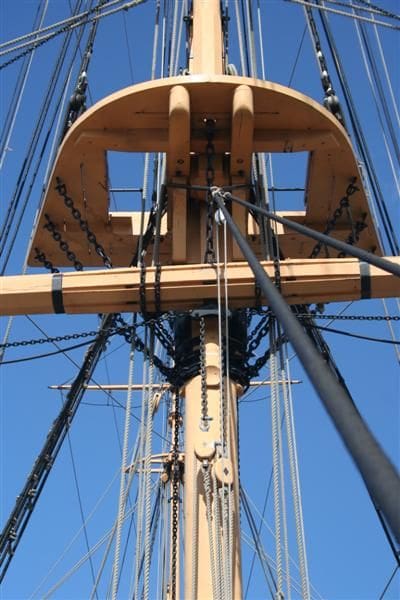
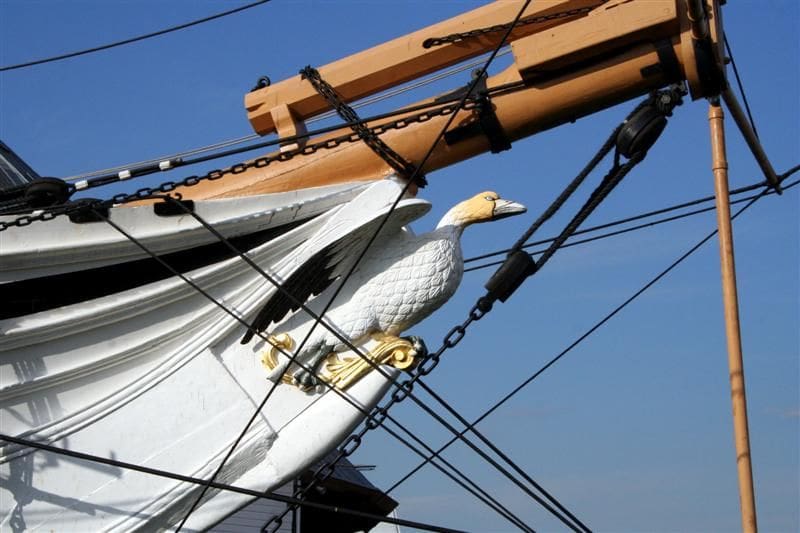
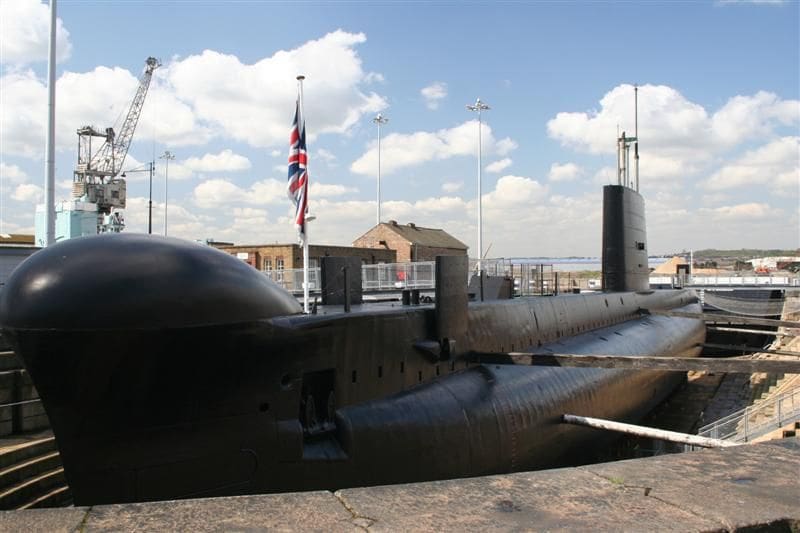
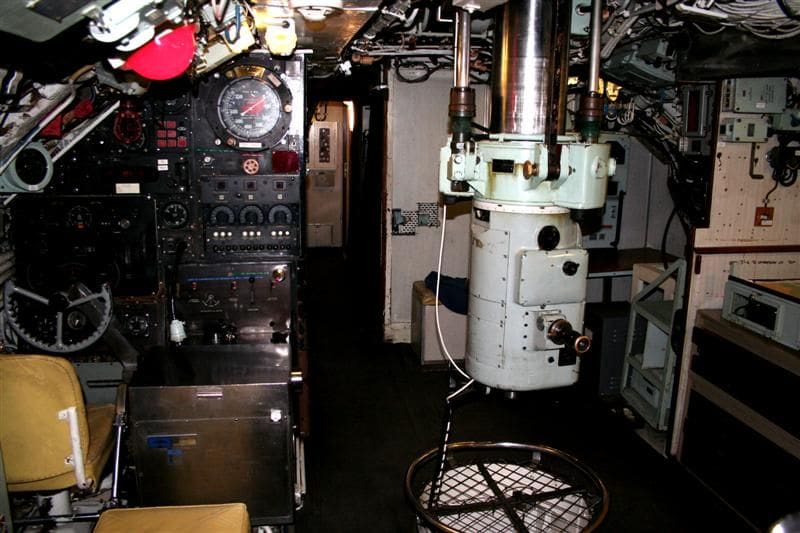
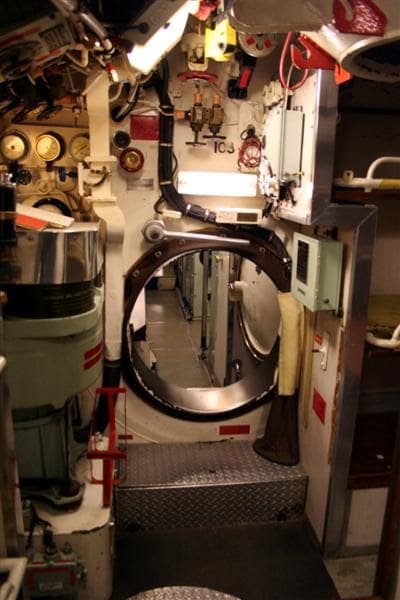
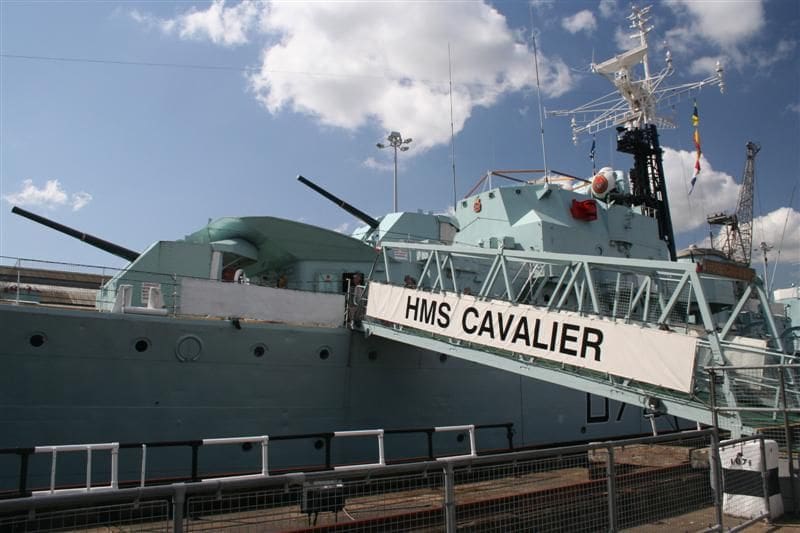
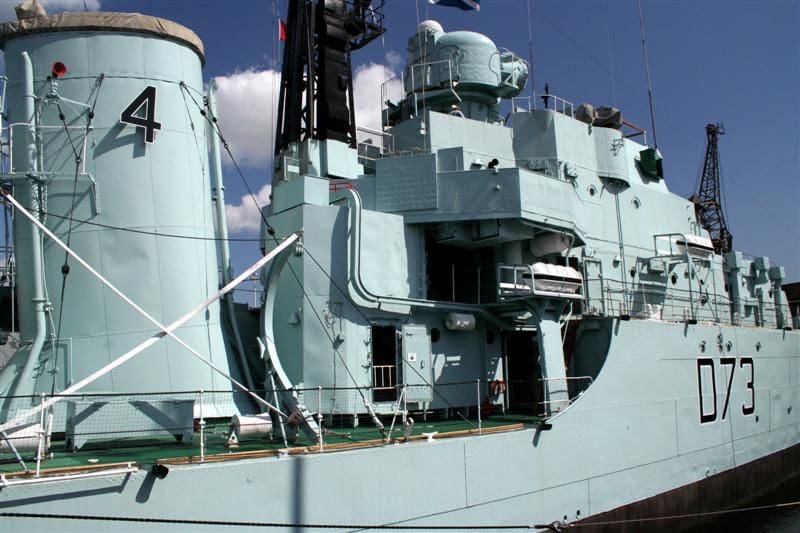
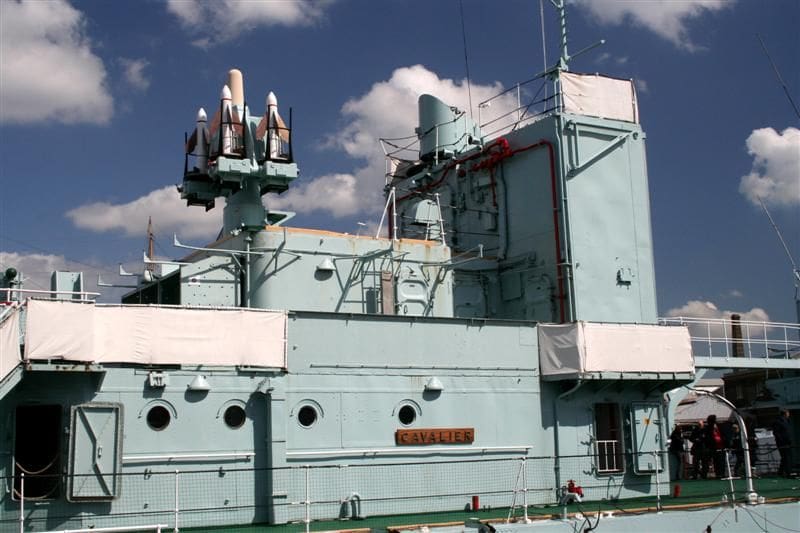
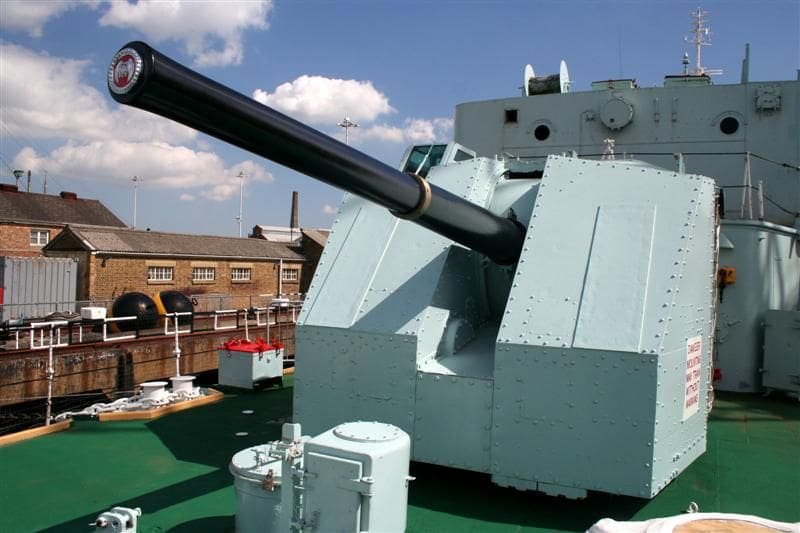
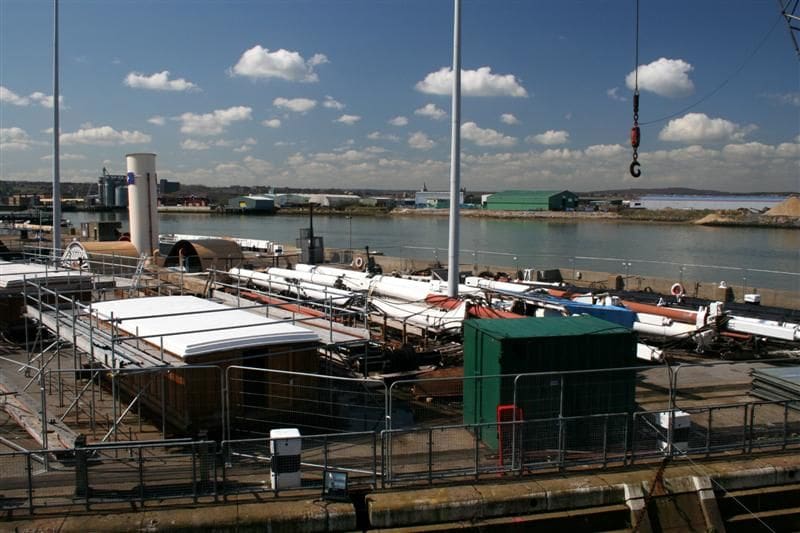
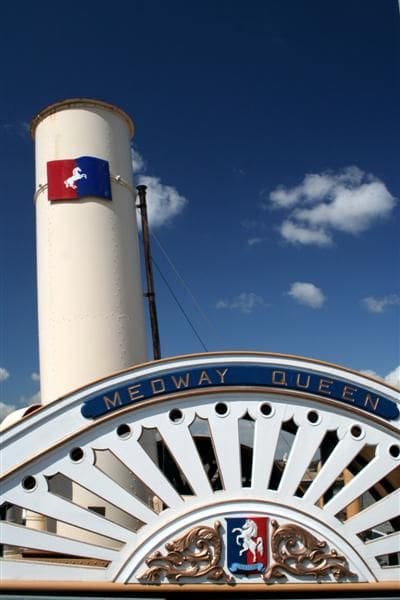
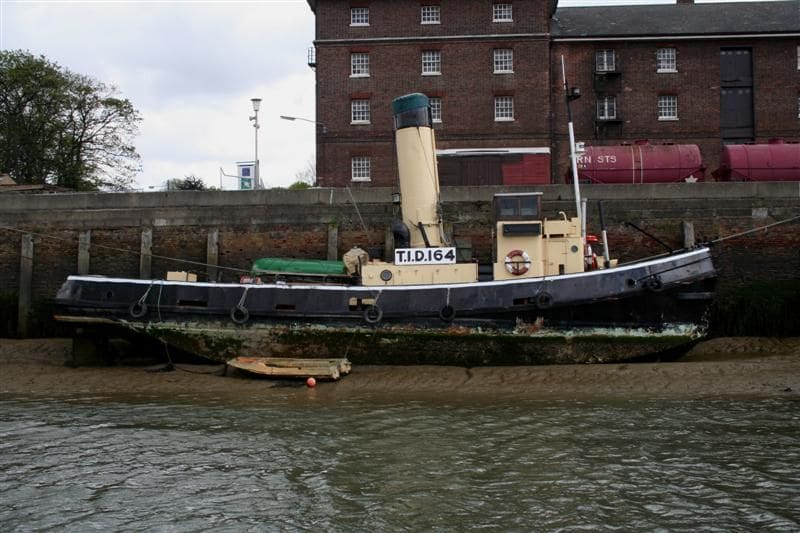

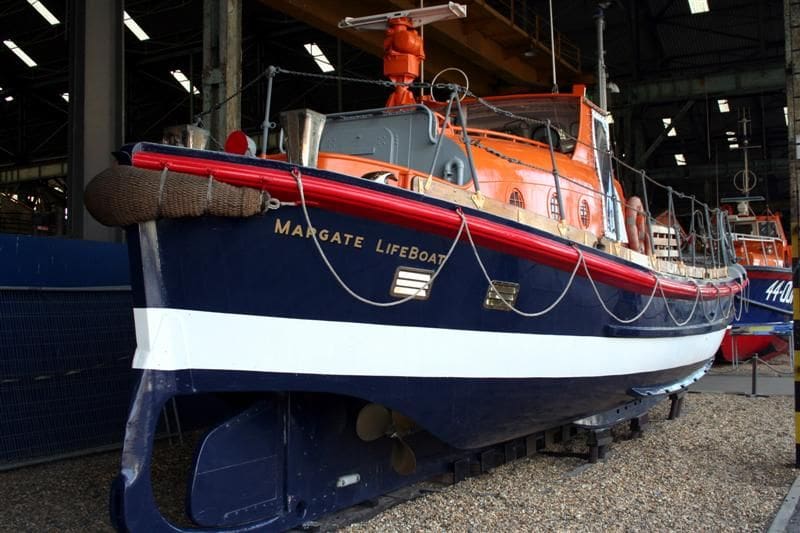
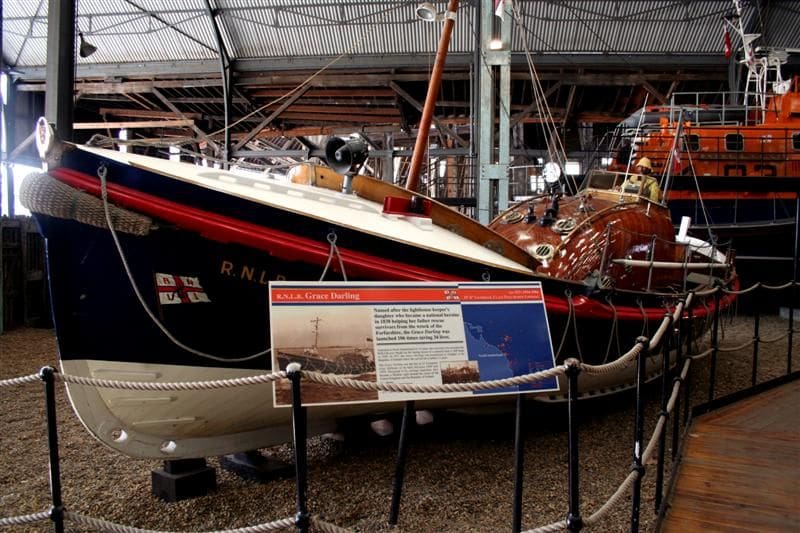
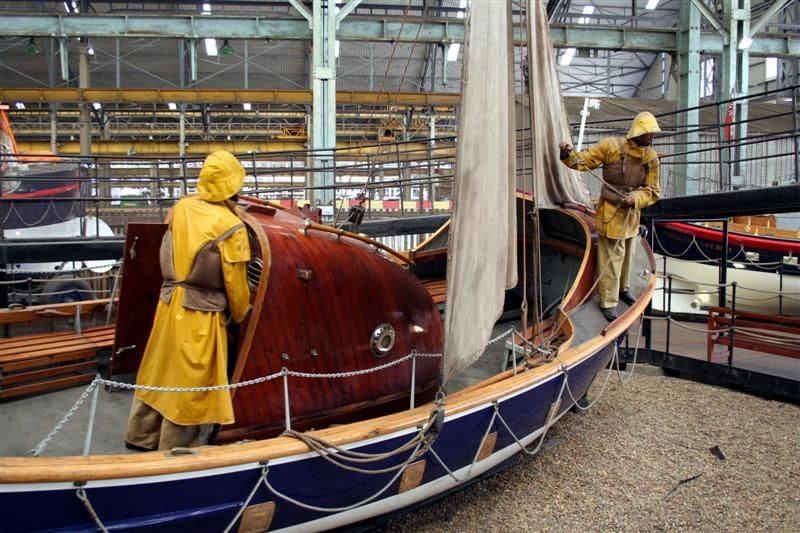
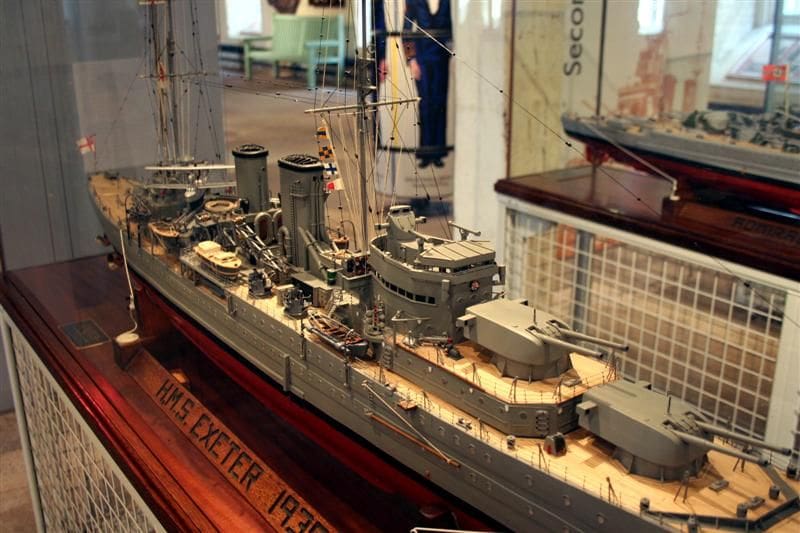
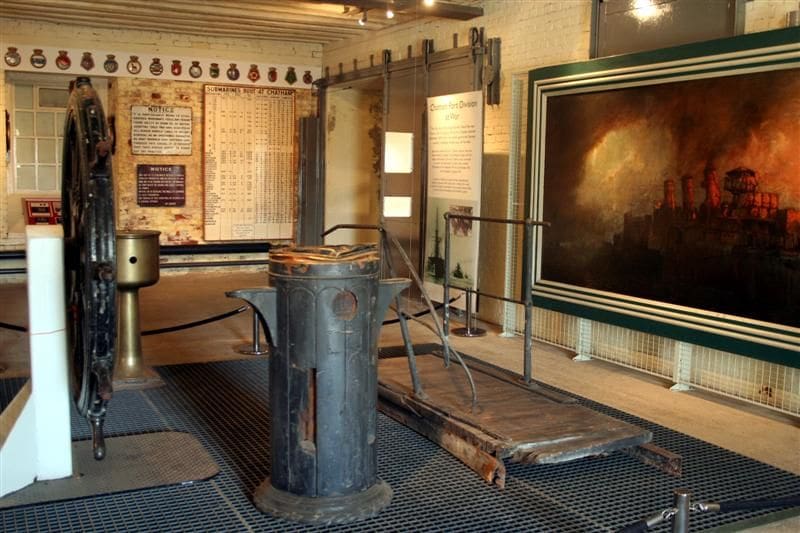
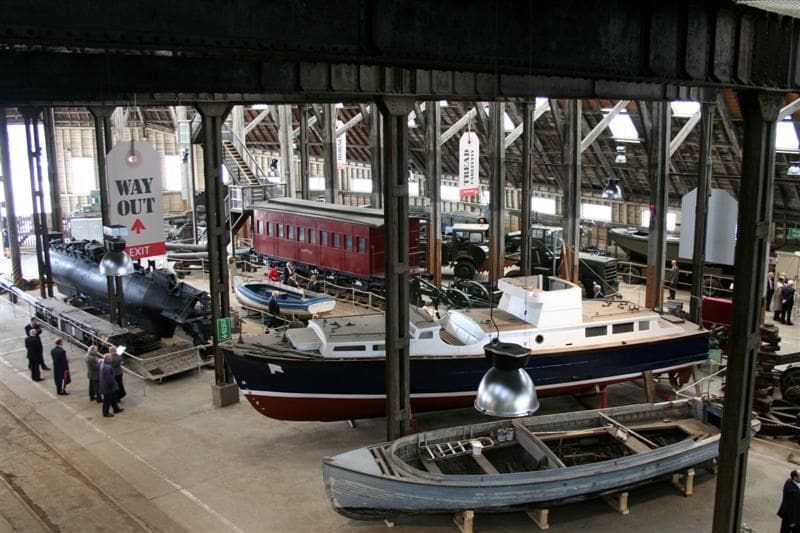
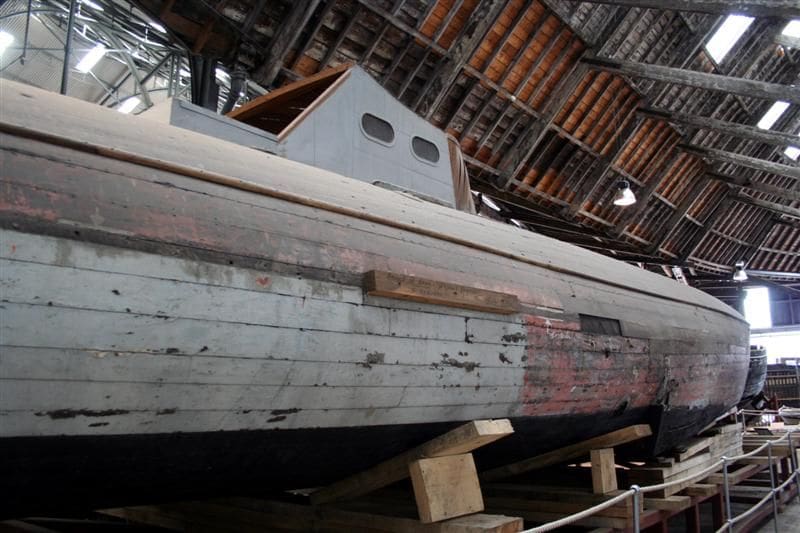

Major ships
Chatham has three full size ships on display. The first one you will see is the sloop HMS Gannet built in 1878 and now restored externally to her original appearance as a classic Victorian gunboat of the type used to safeguard the interests of the British Empire. Standing on the poop it is easy to imagine yourself in tropical waters showing the flag or engaging in one of the many brushfire wars that characterised the period. Gannet was of composite construction with wood planking over iron frames and this is readily seen from within the ship. Her machinery is long gone, but I was told that it is hoped to fit replicas of her engine and boilers at some point in the future as has been done with the Warrior at Portsmouth. In the meantime you can stand in the captains cabin and look down into the well which was used to raise the screw when the ship was under sail. From the modelmaking viewpoint there is a wealth of detail to be observed in the fittings, armament and rigging of this attractive and impressive vessel.
In the adjacent drydock is the Oberon class submarine HMS Ocelot. This successful conventional patrol submarine design saw 13 boats built for the RN and 14 for Commonwealth and foreign navies. HMS Ocelot has the distinction of being the last warship built at Chatham, being completed in 1964 and serving until 1981. She is now open to visitors in her birthplace. Usually you only see a small part of a submarine when afloat, but when viewing HMS Ocelot high and dry in dock you realise just how big these boats are. Its therefore quite a contrast when you go below and are faced with the cramped conditions in which the crew lived for weeks on end. It seemed to me to be even smaller than depicted on television and in films, although that might have more to do with the size of the average mature visitor compared with the lean fit types who actually served on submarines. Transiting the separate watertight compartments still requires a degree of agility however, as you have to swing yourself through the circular hatches feet first. Probably not the best place to take your granny!
The third major vessel and perhaps the one of most interest to readers is the destroyer HMS Cavalier originally completed in 1944 as part of the war emergency programme and which held the distinction of being the last operational WW2 destroyer when she finally paid off at Chatham in 1972. Her subsequent history was somewhat precarious. A campaign to save her, headed by Lord Mountbatten, was ultimately successful and she was purchased by the HMS Cavalier Trust in 1977 and initially opened to the public at Southampton. This was not a success and within a year she was moved to Brighton as the centrepiece of the new marina development where I remember visiting her myself. Visitor numbers continued to be disappointing and in 1987 she was purchased by South Tyneside council for incorporation in a docklands regeneration project and towed north. This venture also proved to be unsuccessful and lack of funding led to the progressive deterioration of the ship, assisted by depredations of local thieves looking for scrap metal. By 1996 the decision was taken to sell her and the Cavalier Trust was revived. It was determined that space was available at Chatham to take the ship and a Heritage Lottery Grant was obtained for the Historic Dockyard to purchase her and move her down to the Medway. By now the ship was suffering from significant deterioration and corrosion and the measures taken to overcome this are graphically described on the HMS Cavalier website: http://www.hmscavalier.org.uk/. In May 1999 Cavalier arrived at Chatham and restoration since then has progressively opened up more areas of the vessel to public view. Much of the exterior and interior of the ship is now accessible and she provides a fascinating insight into the Navys last surviving conventional destroyer.
Although not part of the dockyard collections, some other historic vessels can be seen around the site. These include the classic paddle steamer Kingswear Castle which makes regular excursions down the Medway during the summer season, a TID Tug No.164 and the small steamship VIC 56 built in 1945 as an ammunition vessel and both of these are I believe are still in steam. At the time of my visit a large proportion of the Cutty Sark including deckhouses, spars and various fittings could also be seen stored on the quayside having been removed from the ship prior to the 2007 fire at Greenwich. Also on view nearby are the funnel and paddleboxes of the Medway Queen which is currently the subject of a long drawn out restoration saga.
Lifeboat collection
No one with the slightest interest in maritime affairs could fail to be both deeply impressed and moved by the RNLI Chatham Lifeboat Museum housed in one of the covered slips at the Dockyard. No less than 17 lifeboats are displayed with their records, many of them historic vessels, ranging from an 1897 pulling lifeboat to the modern Arun. VDU screens among the exhibits show films of rescues and give technical information, one sequence showing the practical testing of the self righting capability of a modern lifeboat. An elevated walkway allows the boats to be viewed from different angles. Here you can see representative lifeboats from the entire history of the RNLI and chart their evolution from the pulling boats of the 19th Century to todays high speed craft bristling with electronic gadgetry. Only one thing has remained constant and that is the heroism and dedication of the men who crew them. To the many modellers with an interest in lifeboats, this exhibition is a veritable mecca. To the rest of us it encapsulates the proud record and ideals of the RNLI.
Museum of the Royal Dockyard
This is where you will find most of the models on the site. The museum offers an insight into the history of the yard and the ships it built and refitted from the time of Henry VIII to the Falklands War. There is a large collection of exhibits of all shapes and sizes which are worth an hour or more of anybodys time. The largest model on display is an enormous waterline HMS Victory under full sail. Another notable display consists of models of the ships engaged in the battle of the River Plate, including the Admiral Graf Spee, all to a common scale for comparison. There are is also a good selection of RN ship models from the 1950s up to and including, the Falklands War. A separate exhibition entitled Wooden Walls has been created to celebrate Chatham Dockyard’s unique contribution to Britain’s naval success in the age of sail. It includes contemporary models and artifacts of the period leading up to Nelsons victory at Trafalgar.
No. 3 Slip The Big Store
No. 3 covered slip is an architectural tour de force, being the largest wooden structure of its type in Europe when completed in 1838. The roof construction can be admired from the internal mezzanine floor constructed in 1901 to store ships boats. It has now been imaginatively put to use in a joint venture between the Historic Dockyard and the Royal Engineers Museum to house large exhibits under cover. The RE have contributed a large number of specialist military vehicles and equipment including pontoons and bridge building items which I found interesting in their own right. On the nautical side, the biggest exhibits are an RN Admirals Barge, a midget submarine and the 70ft Coastal Motor Boat No.103 built for the RN in 1920, the latter clearly showing the plank on frame mahogany construction. There are several other smaller boats and marine related items on display as well.
Modelmakers are catered for too!
The dockyard is also home to the only specialist model boat shop in the south east, The Dockyard Model Shop, run by Robert Bright, website: http://www.dockyard-model-shop.co.uk/. Tucked away towards the back of the site opposite the historic warships, you may have to ask directions, but its certainly worth a visit as Robert stocks a large range of kits, r/c gear and general fixtures and fittings for model boats. I dropped in for a chat and was made very welcome.
Other attractions
This being a modelling magazine, the other attractions the Dockyard has to offer are rather beyond the scope of this article, but they include the wonderful Georgian architecture, the impressive Ropery which still makes rope, the Kent Police Museum and a Westland Dragonfly helicopter which was the first type to be embarked on HM ships. If all that history gets a bit too much, then just across the car park, a few hundred yards away is the Dockside Factory Outlet Shopping Centre with lots of big name stores.
There does indeed seem to be something for everyone at Chatham and for modellers maybe more than most the lifeboat exhibition is worth the money alone. The admission policy means that you dont have to squeeze it all into one day though, as your ticket allows you to visit as many times as you like in a year and once you are through the gate there are no further charges for all the attractions.
Getting there and admission
The Historic Dockyard is easy to find; by car just head for Chatham and follow the brown anchor signs to Chatham Maritime. There is also a regular bus service from Chatham station. Admission prices (in 2008) are £13.50 individual, concessions £11.00, or £38.00 for a family. Opening times vary according to season, while the Dockyard is closed in December and January. Full details can be found on the excellent website: http://www.chdt.org.uk/Home or by telephoning +44 (0)1634 823807. Every effort is made to accommodate those with mobility difficulties, but there are obvious practical access limitations to HMS Ocelot and HMS Cavalier for which virtual VDU tours are provided adjacent to the ships. A comprehensive guidebook is on sale for a reasonable £3.00 which will help you make the most of your visit.



